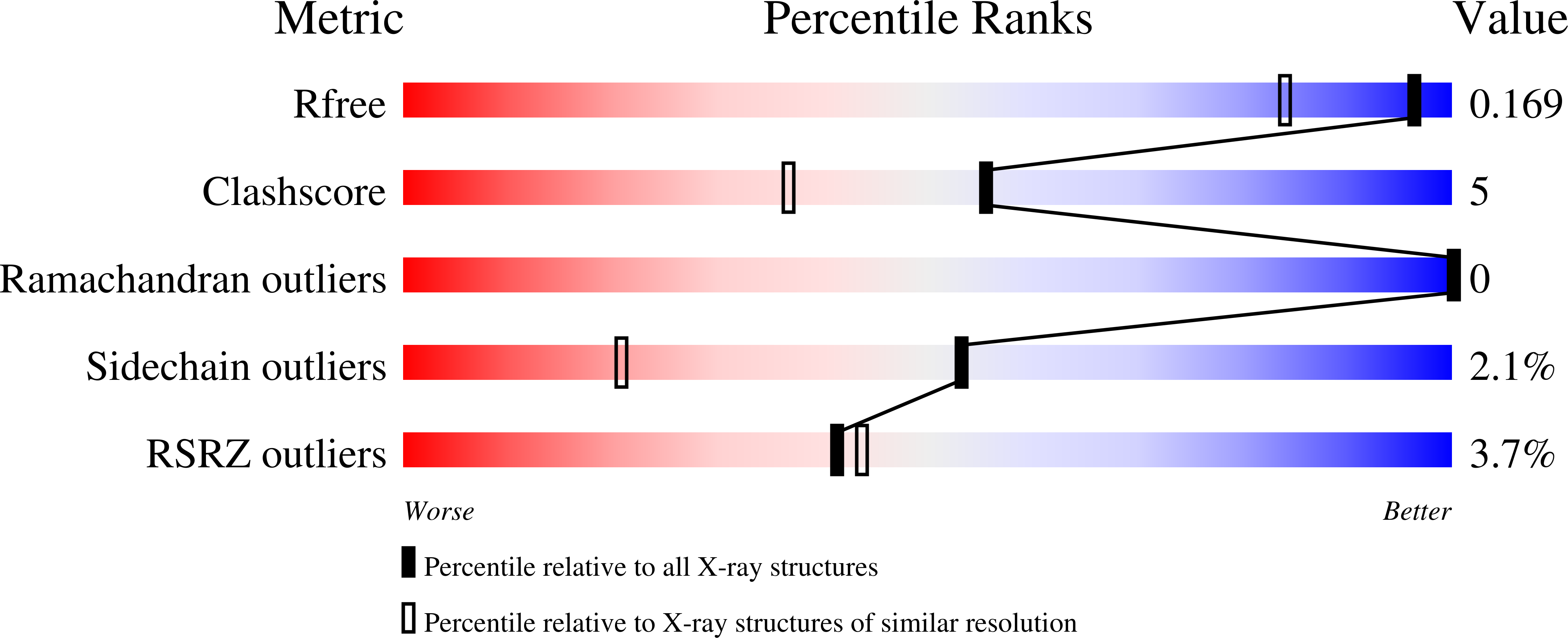
Deposition Date
2004-03-09
Release Date
2004-03-16
Last Version Date
2023-08-23
Entry Detail
PDB ID:
1SMW
Keywords:
Title:
Crystal Structure of Cp Rd L41A mutant in reduced state 2 (soaked)
Biological Source:
Source Organism:
Clostridium pasteurianum (Taxon ID: 1501)
Host Organism:
Method Details:
Experimental Method:
Resolution:
1.38 Å
R-Value Free:
0.2
R-Value Work:
0.18
R-Value Observed:
0.18
Space Group:
H 3


